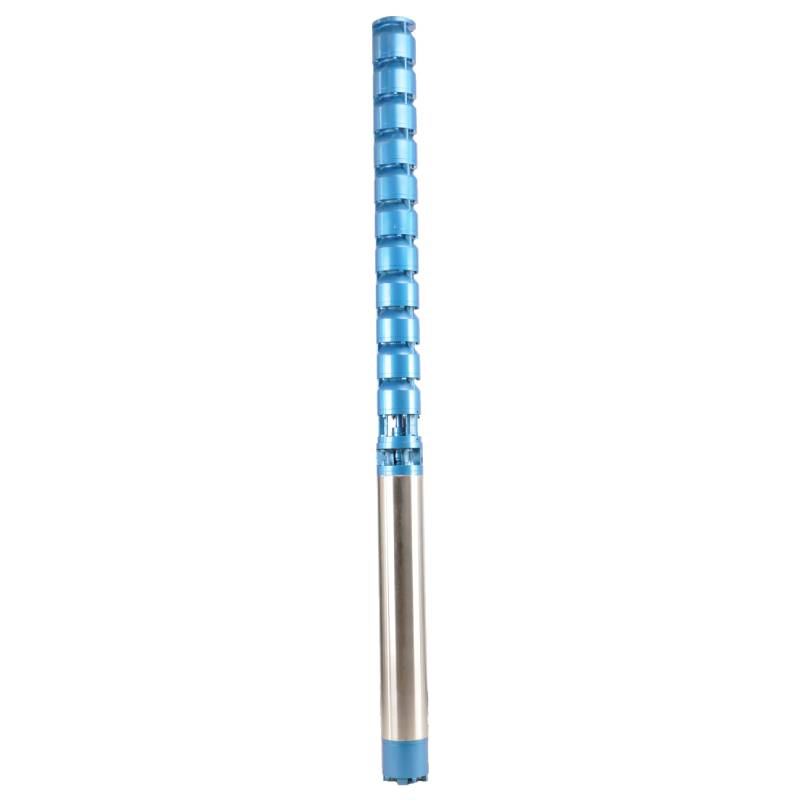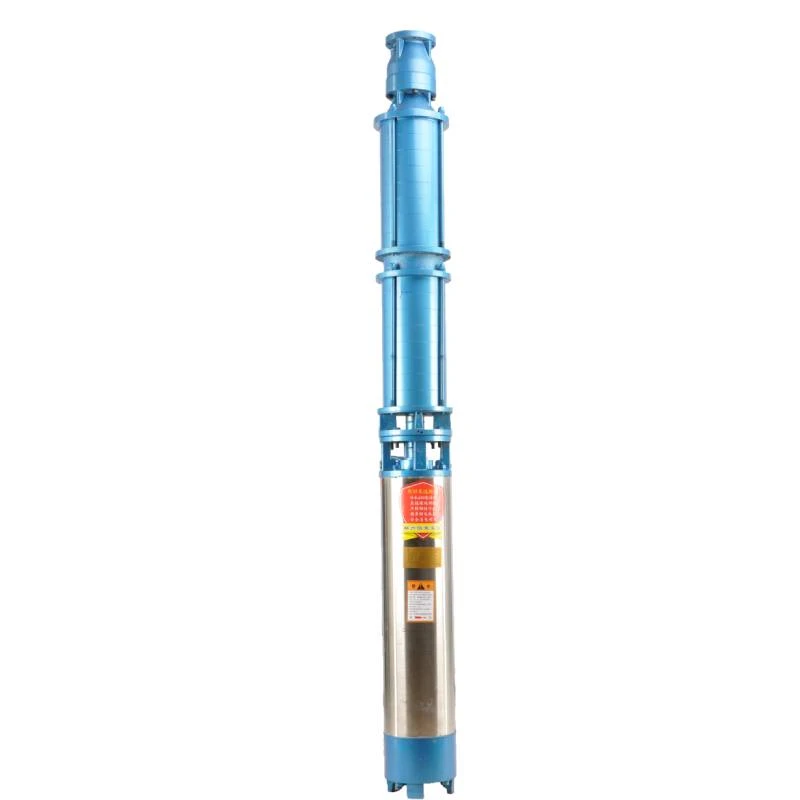Sep . 21, 2024 22:22 Back to list
how to use submersible pump
How to Use a Submersible Pump
Submersible pumps are essential tools for a wide range of applications, from draining flooded basements to irrigating gardens. Understanding how to use a submersible pump effectively can save you time and ensure that the task is accomplished safely and efficiently. Below, we discuss the key steps and considerations to keep in mind when using a submersible pump.
What is a Submersible Pump?
A submersible pump is designed to be submerged in the liquid it is pumping, typically water or other clear fluids. Unlike standard pumps, which draw fluid upwards, submersible pumps push liquid to the surface, making them more efficient in certain scenarios. Their sealed design protects the motor from corrosion and enables them to operate underwater.
Step 1 Choose the Right Pump
Before using a submersible pump, it is crucial to select the correct type for your needs. Consider factors such as the flow rate, head (the vertical distance the fluid needs to be pumped), and the type of fluid (clean water, sewage, etc.). Each pump is designed for specific tasks, so ensuring you have the right pump will enhance its performance and longevity.
Step 2 Prepare for Operation
Prior to using the pump, prepare your work area. Clear away any debris around the area where you will be placing the pump. Always wear appropriate safety gear, such as gloves and steel-toed boots, to protect yourself from potential hazards, especially when working in flooded areas.
Step 3 Set Up the Pump
how to use submersible pump

1. Connection Connect the discharge hose to the pump. Ensure that the hose is secured tightly to prevent leaks. 2. Positioning Place the pump in the desired location, making sure it is fully submerged in the fluid but not too close to the bottom to avoid sucking in debris which could clog the pump. 3. Power Source Check that the power source is stable and appropriate for the pump. If you’re using an electric pump, ensure that the electrical connections are safe and waterproof.
Step 4 Start the Pump
Once everything is in place, plug in the pump or, for gasoline-powered models, ensure that the fuel tank is filled and the engine is primed. Turn on the pump and observe it as it begins to draw in liquid. Always monitor the pump while it is in use to catch any issues early, such as clogging or abnormal noises.
Step 5 Monitor the Operation
While the pump operates, monitor the water level and pump performance. If the pump is being used to drain a body of water, ensure that it doesn’t run dry, as this could damage the pump. Check the discharge hose for kinks or obstructions that could hinder the flow of water.
Step 6 Shut Down and Clean Up
Once the job is done, turn off the pump and disconnect it from the power source. Remove the pump from the water and clean it thoroughly to prevent corrosion and wear from debris. Store the pump in a dry, protected location until it is needed again.
Conclusion
Using a submersible pump is straightforward, provided you follow these steps carefully. By selecting the appropriate pump, ensuring proper setup, and monitoring its operation, you can effectively utilize this powerful tool for various applications. Safety should always be your primary concern, so take the necessary precautions to protect yourself and the equipment.
-
Deep Well Pump Installation Guide: Reliable Submersible Pumps
NewsAug.29,2025
-
125QJR Deep Well Submersible Pump - High Performance & Reliable Water Supply
NewsAug.28,2025
-
Water Filled Submersible Pump
NewsAug.26,2025
-
The Ultimate Solution for Clean
NewsAug.26,2025
-
SS Submersible Pump
NewsAug.26,2025
-
Reliable Water Extraction from Great Depths
NewsAug.26,2025
-
 Deep Well Pump Installation Guide: Reliable Submersible PumpsGet expert deep well pump installation for reliable, consistent water. Our durable submersible well water pumps are ideal for homes & farms. View our installation diagram & solutions.Detail
Deep Well Pump Installation Guide: Reliable Submersible PumpsGet expert deep well pump installation for reliable, consistent water. Our durable submersible well water pumps are ideal for homes & farms. View our installation diagram & solutions.Detail -
 125QJR Deep Well Submersible Pump - High Performance & Reliable Water SupplyGet reliable, high-performance water with the 125QJR Deep Well Submersible Pump. Ideal for irrigation, agriculture, and industrial deep well applications. Experience efficient, continuous water supply. Shop now!Detail
125QJR Deep Well Submersible Pump - High Performance & Reliable Water SupplyGet reliable, high-performance water with the 125QJR Deep Well Submersible Pump. Ideal for irrigation, agriculture, and industrial deep well applications. Experience efficient, continuous water supply. Shop now!Detail -
 Water Filled Submersible PumpA water filled submersible pump is engineered for optimal cooling, eco-friendliness, and high efficiency, especially in applications involving clean or slightly sandy water.Detail
Water Filled Submersible PumpA water filled submersible pump is engineered for optimal cooling, eco-friendliness, and high efficiency, especially in applications involving clean or slightly sandy water.Detail
